Rewriting Human History: 110,000-Year-Old Discovery Suggests Neanderthals and Homo sapiens Worked Together
From SciTechDaily
The first published study on Tinshemet Cave reveals that Neanderthals and Homo sapiens in the mid-Middle Paleolithic Levant not only lived side by side but also interacted closely. They shared tools, daily practices, and burial customs—evidence of meaningful cultural exchange.
These interactions encouraged social complexity and sparked behavioral innovations, including some of the earliest formal burials and the symbolic use of ochre for decoration. The findings suggest that collaboration, rather than isolation, played a key role in driving early human development. This positions the Levant as a vital crossroads in the story of human evolution.
Legal Notice / Disclaimer
Ahead of the Herd newsletter, aheadoftheherd.com, hereafter known as AOTH.Please read the entire Disclaimer carefully before you use this website or read the newsletter. If you do not agree to all the AOTH/Richard Mills Disclaimer, do not access/read this website/newsletter/article, or any of its pages. By reading/using this AOTH/Richard Mills website/newsletter/article, and whether you actually read this Disclaimer, you are deemed to have accepted it.
Share Your Insights and Join the Conversation!
When participating in the comments section, please be considerate and respectful to others. Share your insights and opinions thoughtfully, avoiding personal attacks or offensive language. Strive to provide accurate and reliable information by double-checking facts before posting. Constructive discussions help everyone learn and make better decisions. Thank you for contributing positively to our community!
2 Comments
Leave a Reply Cancel reply
You must be logged in to post a comment.








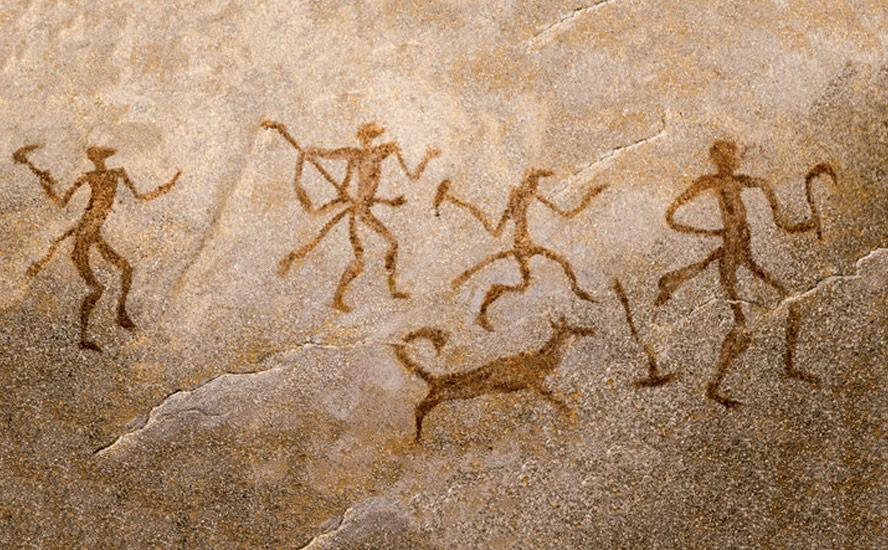

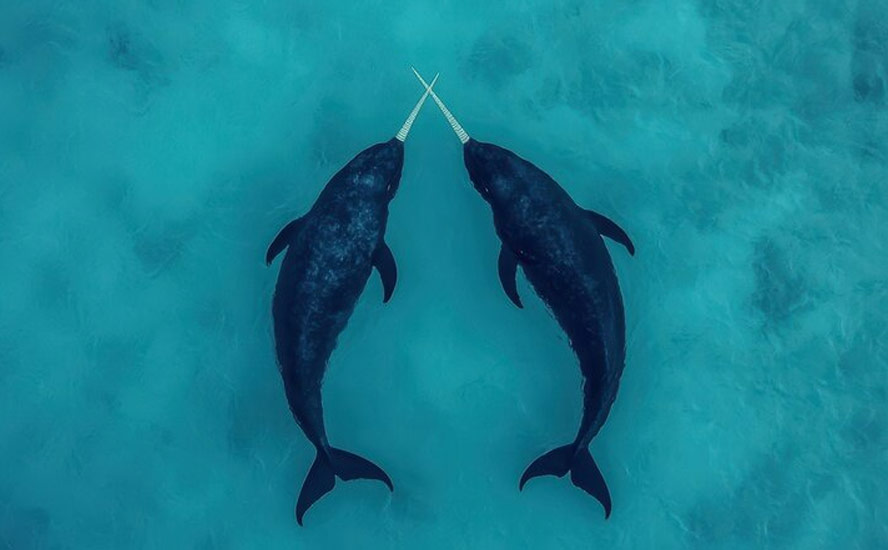













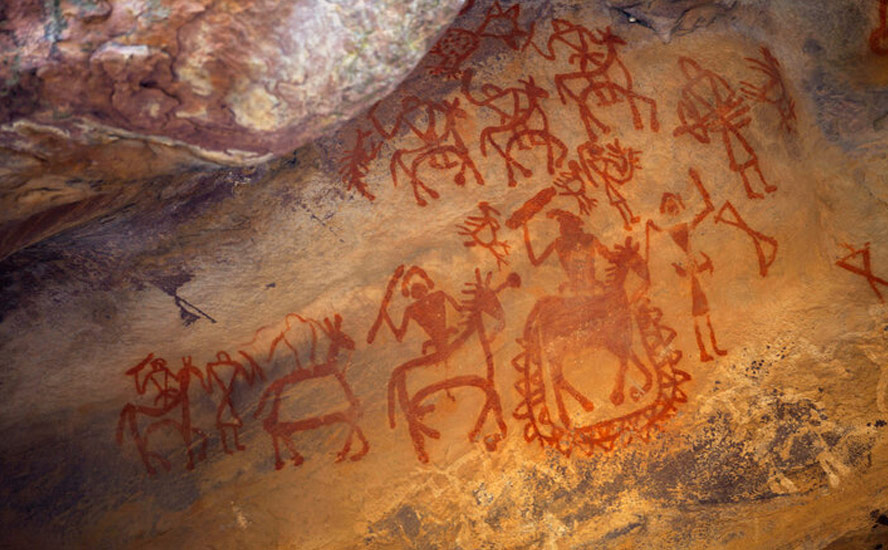


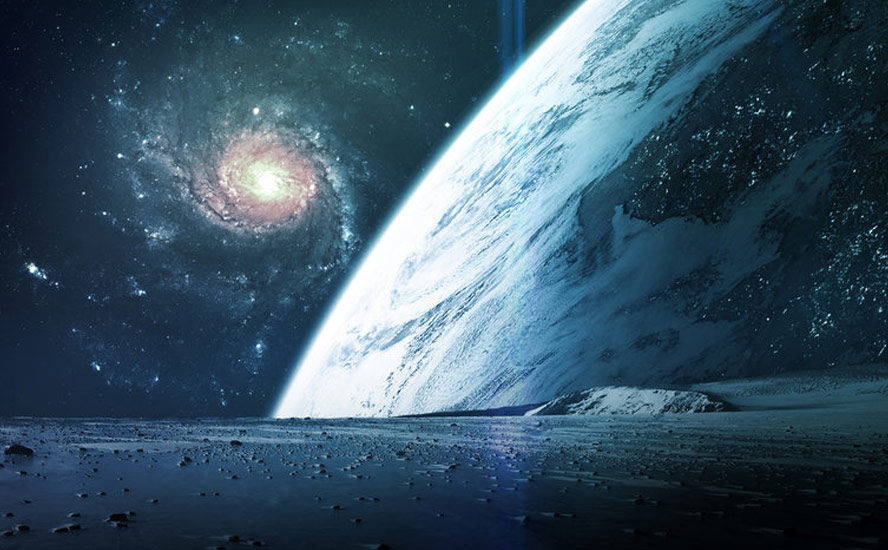
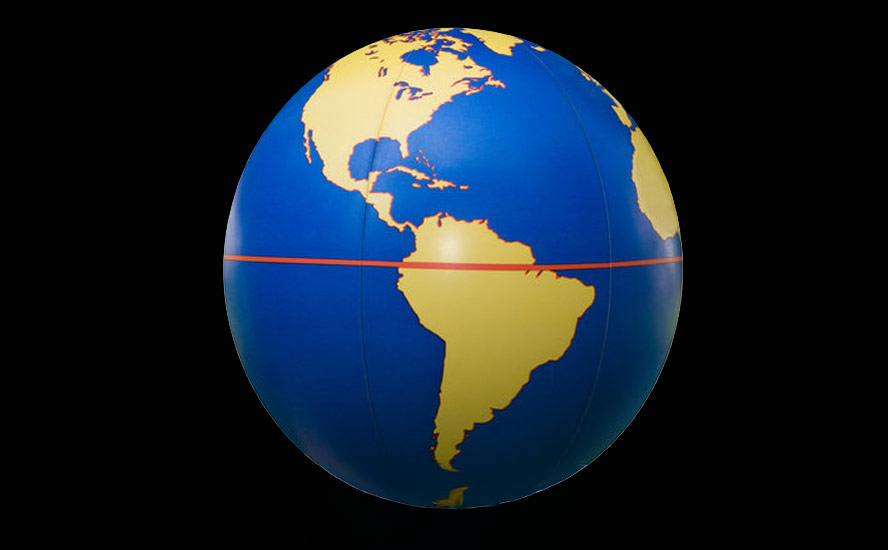
#TinshemetCave #Neanderthals #Homosapiens #culturalexchange
I’m reading this book now. All I can say is get a highlighter, this is a fascinating piece of work everyone needs to wade through to understand what, not who, but what we sapiens are.
Sapiens A Brief History Of Humankind
Yuval Noah Harari
In Sapiens, Yuval Noah Harari explores how the unique mental abilities of Homo sapiens enabled cultural and cognitive breakthroughs that ultimately led to our species’ rise to supremacy over the planet. The summary delves into the Cognitive Revolution, where language and conceptual thinking sparked new cultural achievements, and the progression from foraging to agriculture which was not the march towards progress that many assume.
Harari also examines the creation of large empires and global religions that facilitated cooperation between disparate societies. As science and capitalism took hold, the human experience transformed radically, altering humanity’s relationship with nature. Looking to the future, the summary contemplates how further revolutions in bioengineering and artificial intelligence could fundamentally change what it means to be human.
Homo sapiens rules the world because it is the only animal that can believe in things that exist purely in its own imagination, such as gods, states, money, and human rights.
Starting from this provocative idea, Sapiens goes on to retell the history of our species from a completely fresh perspective.
It explains that money is the most pluralistic system of mutual trust ever devised; that capitalism is the most successful religion ever invented; that the treatment of animals in modern agriculture is probably the worst crime in history; and that even though we are far more powerful than our ancient ancestors, we aren’t much happier.
By combining profound insights with a remarkably vivid language, Sapiens acquired cult status among diverse audiences. #1 New York Times Bestseller • New York Times Readers’ Pick: Top 100 Books of the 21st Century
From renowned historian Yuval Noah Harari comes a ground breaking narrative of humanity’s creation and evolution—a #1 international bestseller—that explores the ways in which biology and history have defined us and enhanced our understanding of what it means to be “human.”
One hundred thousand years ago, at least six different species of humans inhabited Earth. Yet today there is only one—homo sapiens. What happened to the others? And what may happen to us?
Most books about the history of humanity pursue either a historical or a biological approach, but Dr. Yuval Noah Harari breaks the mold with this highly original book that begins about 70,000 years ago with the appearance of modern cognition. From examining the role evolving humans have played in the global ecosystem to charting the rise of empires, Sapiens integrates history and science to reconsider accepted narratives, connect past developments with contemporary concerns, and examine specific events within the context of larger ideas.
Dr. Harari also compels us to look ahead, because over the last few decades humans have begun to bend laws of natural selection that have governed life for the past four billion years. We are acquiring the ability to design not only the world around us, but also ourselves. Where is this leading us, and what do we want to become?
Featuring 27 photographs, 6 maps, and 25 illustrations/diagrams, this provocative and insightful work is sure to spark debate and is essential reading for aficionados of Jared Diamond, James Gleick, Matt Ridley, Robert Wright, and Sharon Moalem.